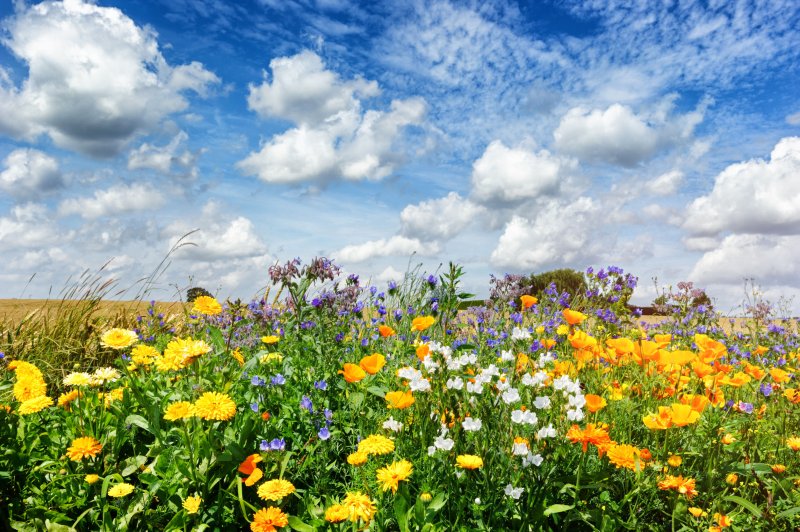
Farmers are being urged to take advantage of the current four Wildlife Offers available as part of the Countryside Stewardship Scheme following this year's launch.
The simplified Countryside Stewardship agreements are designed to preserve the natural environment and protect wildlife.
The four Wildlife Offers, consisting of Arable Offer, Lowland Offer, Mixed Offer and Upland Offer, began accepting applications from 11 Feb 2020, giving a deadline of 31 July 2020.
They are help support wildlife by providing winter food for seed-eating birds, sources of nectar and pollen for insect pollinators, and improved habitats, especially for farmland birds and pollinators.
However, according to property consultancy, Bruton Knowles, many farmers and land managers remain unaware about the available offers.
Ben Compton, rural expert at the firm, said: "We are very concerned that farmers are either unaware of the available funding, or are being put off from applying by previous schemes’ complicated application processes.
"Our rural experts are on hand to help those who simply don’t have the time to complete the application form, struggle with access to broadband or a computer, or would like more in-depth, tailored support."
Each of the four offers has a set of options and requirements, with a wildlife benefit and payment rate.
If successful, farmers and land managers receive a five-year agreement with annual payments.
For example, introducing flower-rich margins and plots will net £539 per ha/year, similarly offering a nectar flower mix will net £511 per ha/year and winter bird mix at £640 per ha/year.
Bruton Knowles' tips for completing a Wildlife Offer application
1. Consider carefully the areas of the farm which aren’t currently being used productively. Think about how these could be maximised with regards to protecting wildlife or the environment. This may be for example, field corners, banks or wet areas unable to be cultivated.
2. Keep it simple – you don’t need to over complicate your ideas as this will make day to day management a challenge e.g. having different types of margins with different closed periods in the same field.
3. Beyond the minimum requirements of each offer, any additional options are paid for on a £/ha basis. Therefore as long as the minimum requirements are met, applications can include as many options as you like.
4. Successful applications will have a 1st January 2021 start date and run until 31st December 2025. These offers are a five-year scheme so maybe a secure, known income stream to help weather changes in Agricultural policy in the coming years.
5. Holdings with SSSIs, scheduled ancient monuments, existing other agri-environment schemes or very large holdings are not eligible for Wildlife Offers, only MidTier.
6. Typically, a Wildlife offer has options on 5 per cent of the holding – is all your holding productive land?
7. Capital grants are not available under Wildlife Offers.
8. Ensure you are signed up to the Rural Payments Service and have an SBI number. You can register online at Gov.UK Verify, or call the Rural Payments Helpline on 03000 200 301.
